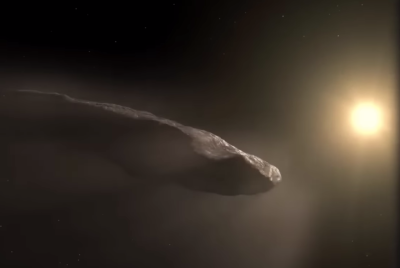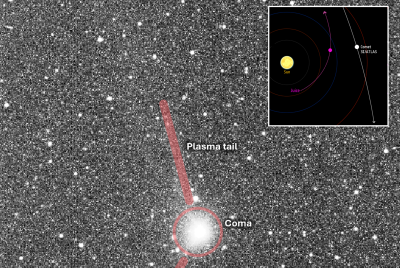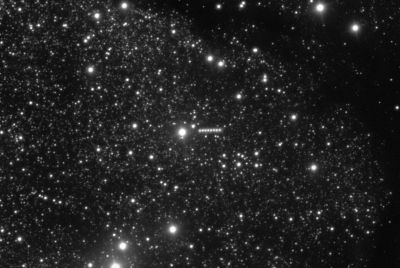3I/ATLAS Cover-Up? Avi Loeb Slams NASA for 'Burying the Evidence', Calls ESA 'More Honest' About Alien Findings
Is 3I/ATLAS an alien 'mothership' or just a comet? Harvard's Avi Loeb presents his controversial alien technology theory.

Is it just a comet, or is it an alien 'mothership' using the Sun as a hiding spot? That is the provocative question surrounding interstellar object 3I/ATLAS.
The mysterious visitor from another star system is set to reach its perihelion, its closest point to the Sun, on 29 October. It just passed its solar conjunction, placing it on the exact opposite side of the Sun from Earth, conveniently out of sight.
While most scientists have gathered significant evidence that 3I/ATLAS is an unusual comet made of carbon dioxide ice, Harvard astronomer Avi Loeb is holding fast to a more sensational theory. He has not given up his suspicion that it is an enormous spacecraft, sent to us by an intelligent extraterrestrial civilisation.
Now, Loeb has sharpened his criticism of the official narrative, accusing NASA of deliberately 'burying the evidence' while praising European counterparts for greater transparency.
Avi Loeb claims that NASA has photographic evidence of #3IATLAS but has not released it allegedly to conceal proof of extraterrestrial life
— Surajit (@surajit_ghosh2) October 25, 2025
He also claims he contacted NASA via email regarding 3IATLAS but received no response
He also mentioned that the European Space Agency is… pic.twitter.com/bam0vTi91N
The 'Mothership' Theory for 3I/ATLAS
Loeb has repeatedly pointed out all of the object's 'anomalies', from its enormous suspected size to its unusual trajectory that took it suspiciously close to Mars earlier this month.
In a new blog post, Loeb suggested that if 3I/ATLAS were a spacecraft, it might use its proximity to the Sun's powerful gravitational pull to either accelerate or slow itself down, all while conveniently hidden behind our star.
'If you want to take a vacation, take it before [October 29], because who knows what will happen?', Loeb told science communicator and author Mayim Bialik in a September interview.
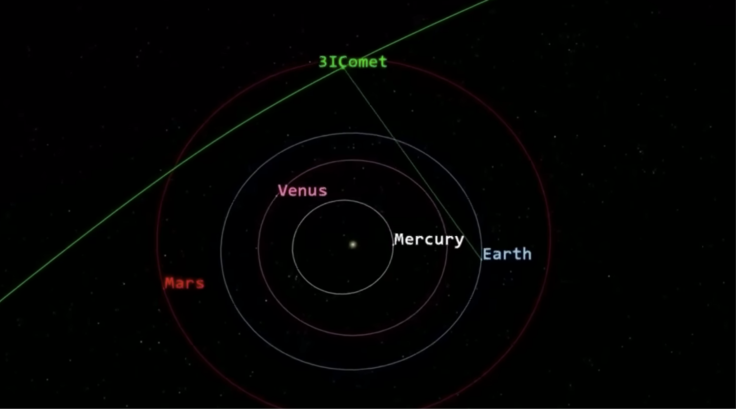
Using the Sun: How 3I/ATLAS Could Perform an 'Oberth Manoeuvre'
Loeb pointed to one of the most important dynamics in space travel to support his theory that 3I/ATLAS, if it is indeed a spacecraft, may use its perihelion to boost its velocity.
'As a result of this so-called Oberth effect, it is most energy-efficient for a spacecraft engine to burn its fuel when its orbital velocity is greatest', Loeb explained, referring to a physics principle which determines that a rocket engine generates more energy when it is fired at a higher speed.
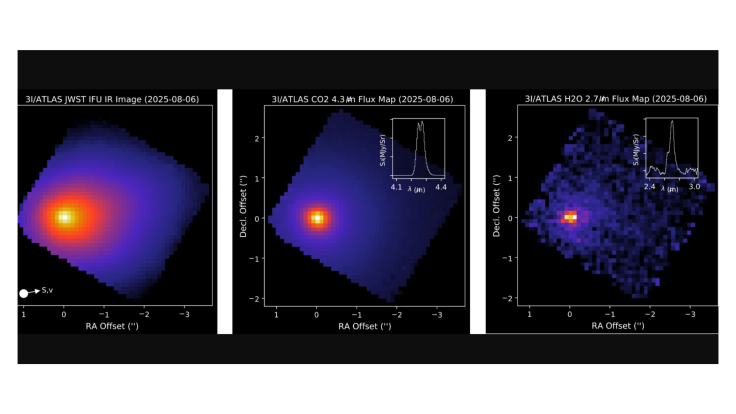
The astronomer reiterated his hypothesis that the object may release smaller probes to get a better understanding of our neighbourhood.
'If 3I/ATLAS is a massive mothership, it will likely continue along its original gravitational path and ultimately exit the Solar system', he added. 'In that case, the Oberth manoeuvre might apply to the mini-probes it releases at perihelion towards Solar system planets.'
Suspicious Timing for 3I/ATLAS?
According to Loeb, the 'optimal time' to adjust its velocity is its perihelion next week. However, to him, the timing raises even more tantalising questions.
'This opportune time happens to be during the same period when it is hidden from view to Earth-based telescopes', he posited. 'Was this a mere coincidence or a result of orbital design and basic astronautics?'
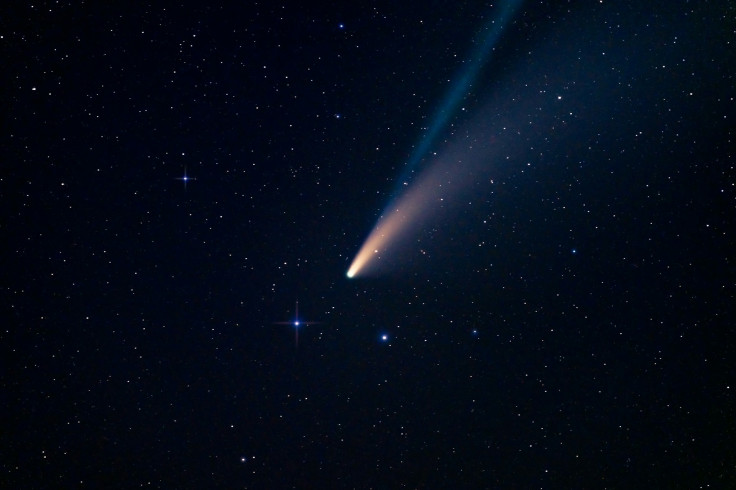
The Scientific Consensus on 3I/ATLAS: 'It's a Comet'
Loeb's hypothesis has prompted plenty of scepticism. Members of the scientific community have repeatedly pushed back. 'It looks like a comet,' Tom Statler, NASA's lead scientist for solar system small bodies, told The Guardian last month. 'It does comet things.'
However, Loeb has directly accused NASA of mishandling crucial data and downplaying anomalies. He has repeatedly criticised the agency for failing to release high-resolution images of 3I/ATLAS captured by the Mars Reconnaissance Orbiter, suggesting they are deliberately withholding evidence that might contradict the 'comet' narrative.
In contrast, Loeb has praised European efforts. Following unverified leaks from a purported European Space Agency (ESA) insider suggesting the object emitted an 'engine-like sound,' Loeb commented that while the leak itself was unconfirmed, it reflected what he saw as a generally 'more honest' and open approach from ESA regarding potentially anomalous findings compared to NASA's perceived tendency to 'bury the evidence.'
He sees NASA's stance as overly conservative and dismissive of possibilities outside the mainstream.
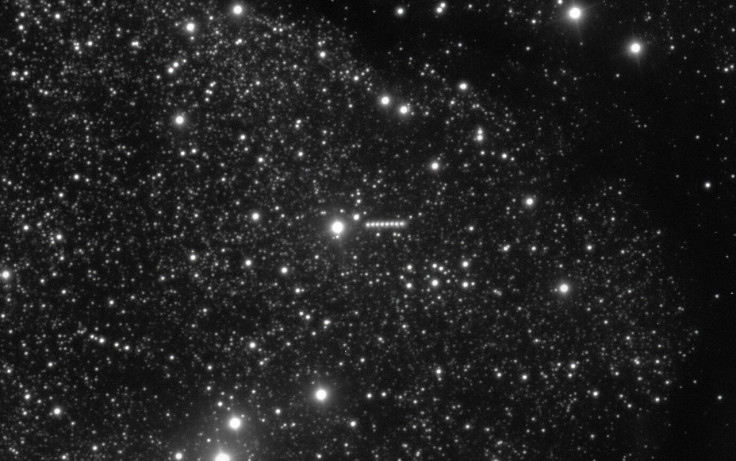
Why We Must Still Watch 3I/ATLAS, According to Loeb
However, while even Loeb recently admitted that there's only a slim chance that 3I/ATLAS was technological in origin, the astronomer isn't giving up hope.
'Science is guided by evidence and not by expectations,' he wrote in his latest blog. 'We can find the answer to the above question by monitoring the sky during November and December 2025, and searching for any unusual activity of 3I/ATLAS or any new objects that came out of it.'
'As of now, 3I/ATLAS appears most likely to be a natural comet,' Loeb added. 'But the remote possibility of an Oberth manoeuvre must be considered seriously as a black swan event with a small probability, because of its huge implications for humanity'.'
While the scientific consensus overwhelmingly points to 3I/ATLAS being a fascinating but natural comet, Avi Loeb's 'black swan' theory, now coupled with direct accusations against NASA, serves as a powerful reminder of what's at stake. The chance might be small, but the implications would be universe-altering. All we can do now is wait and watch.
© Copyright IBTimes 2025. All rights reserved.






